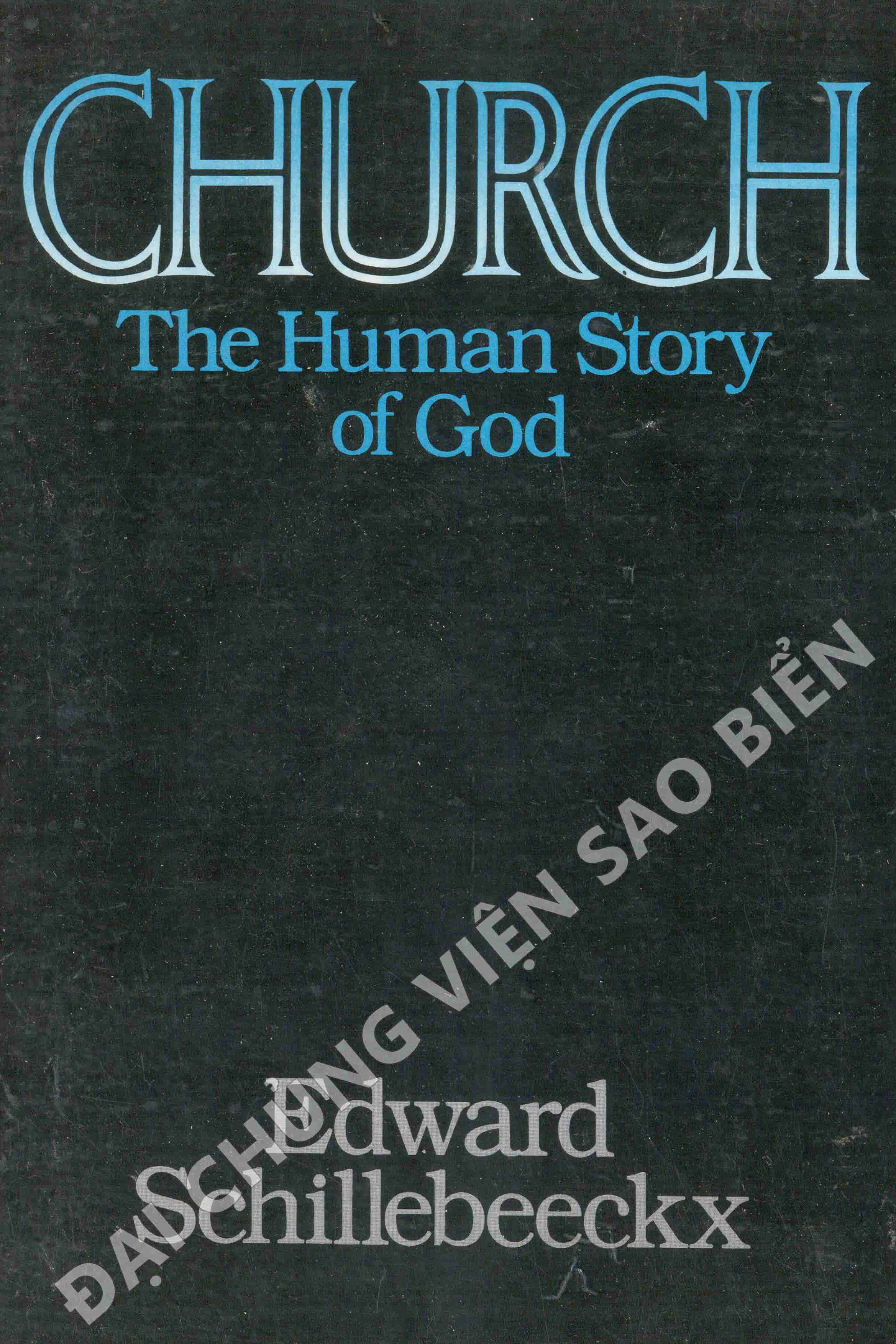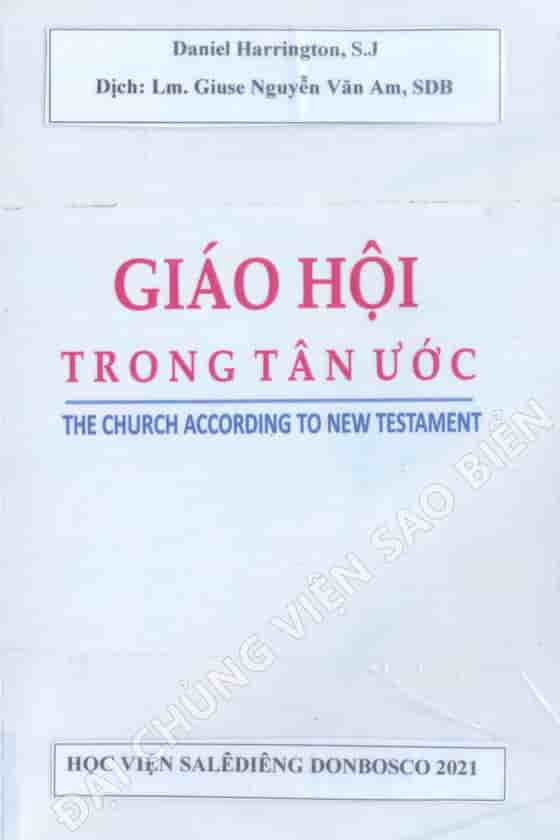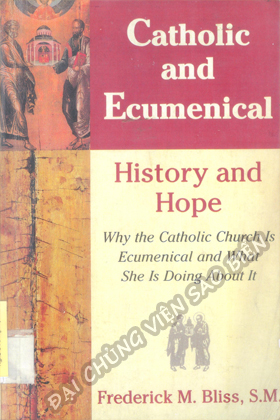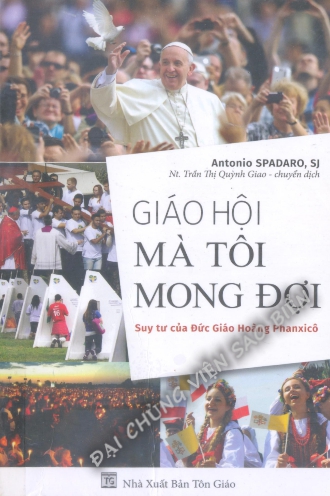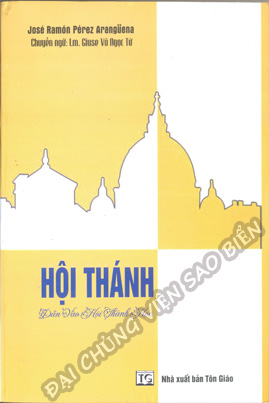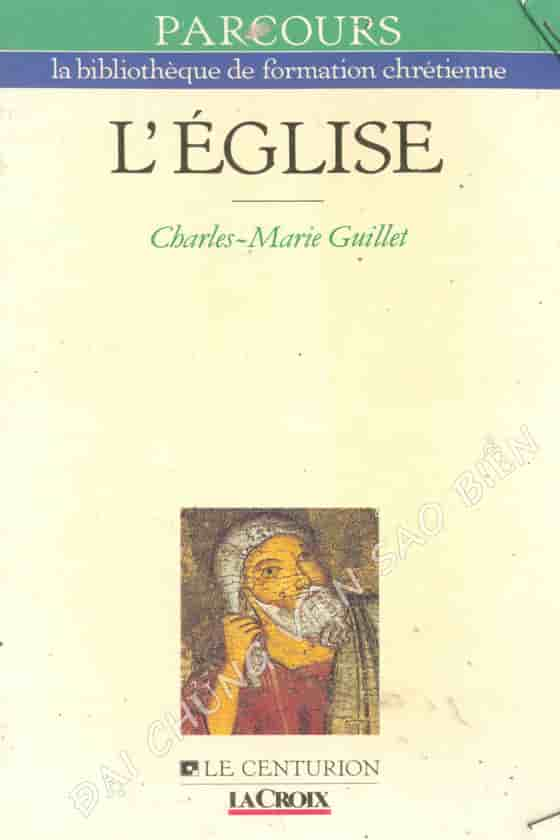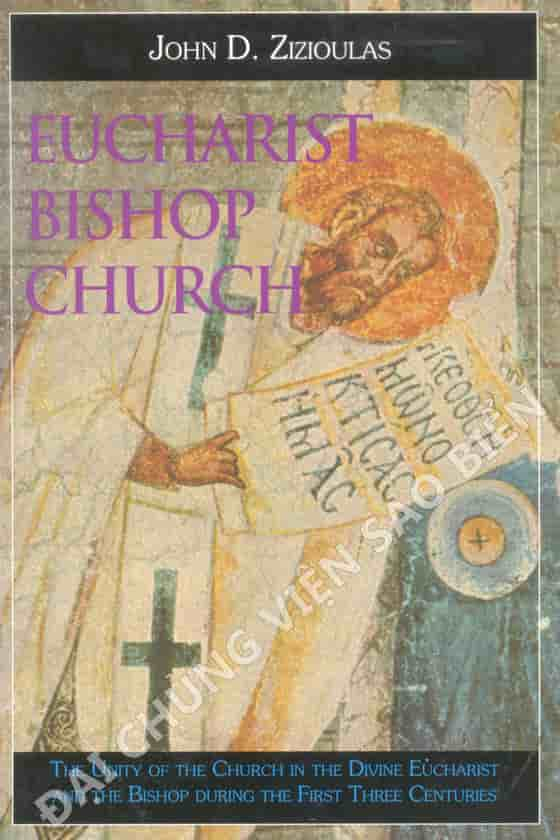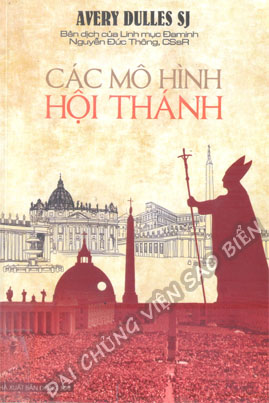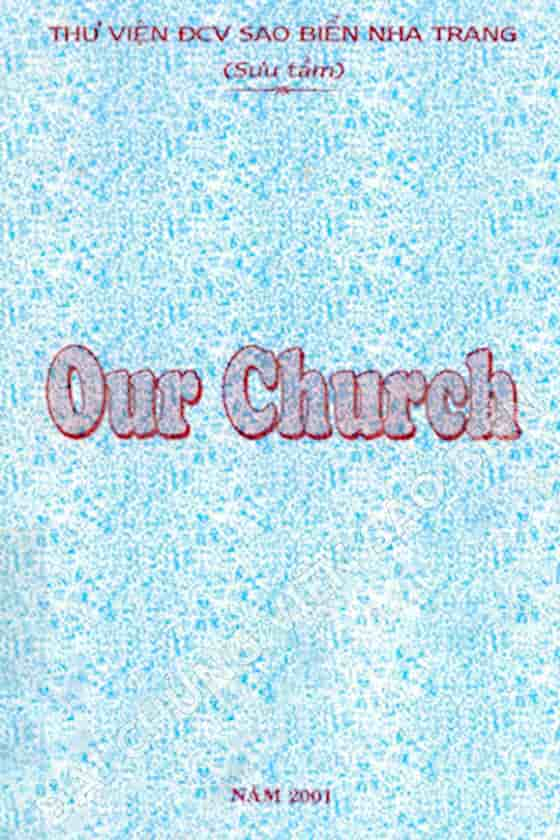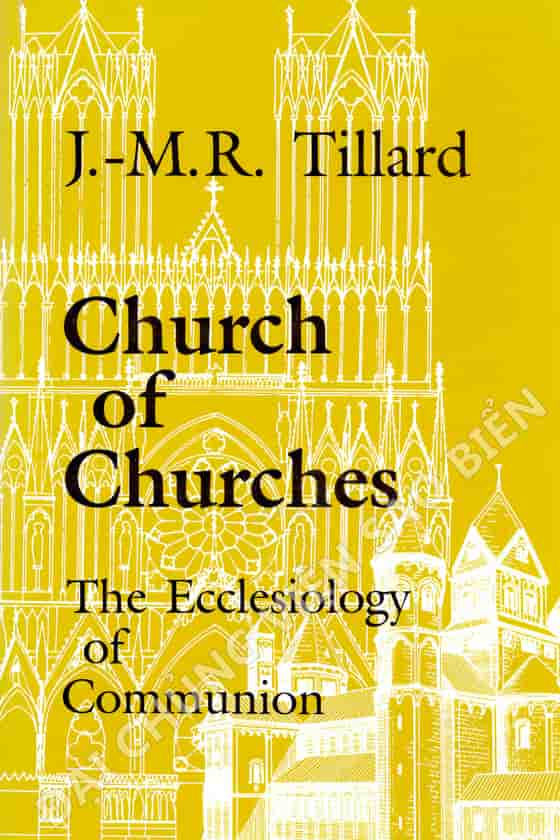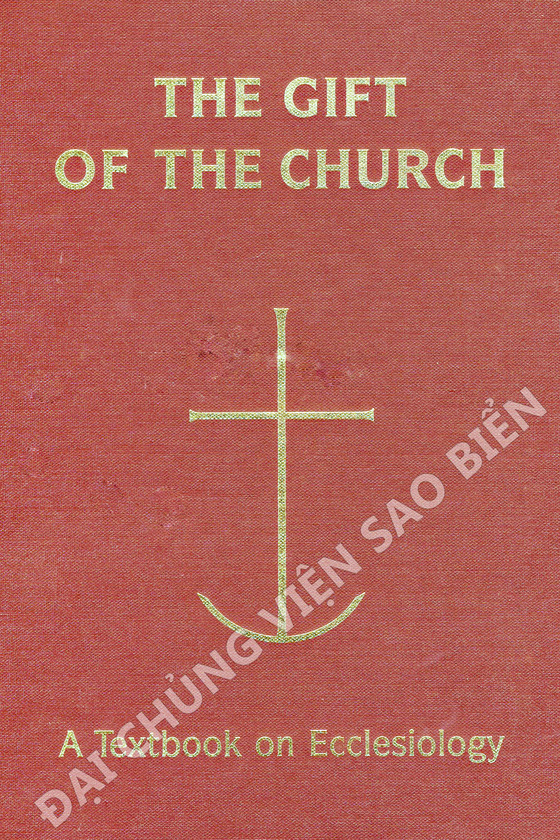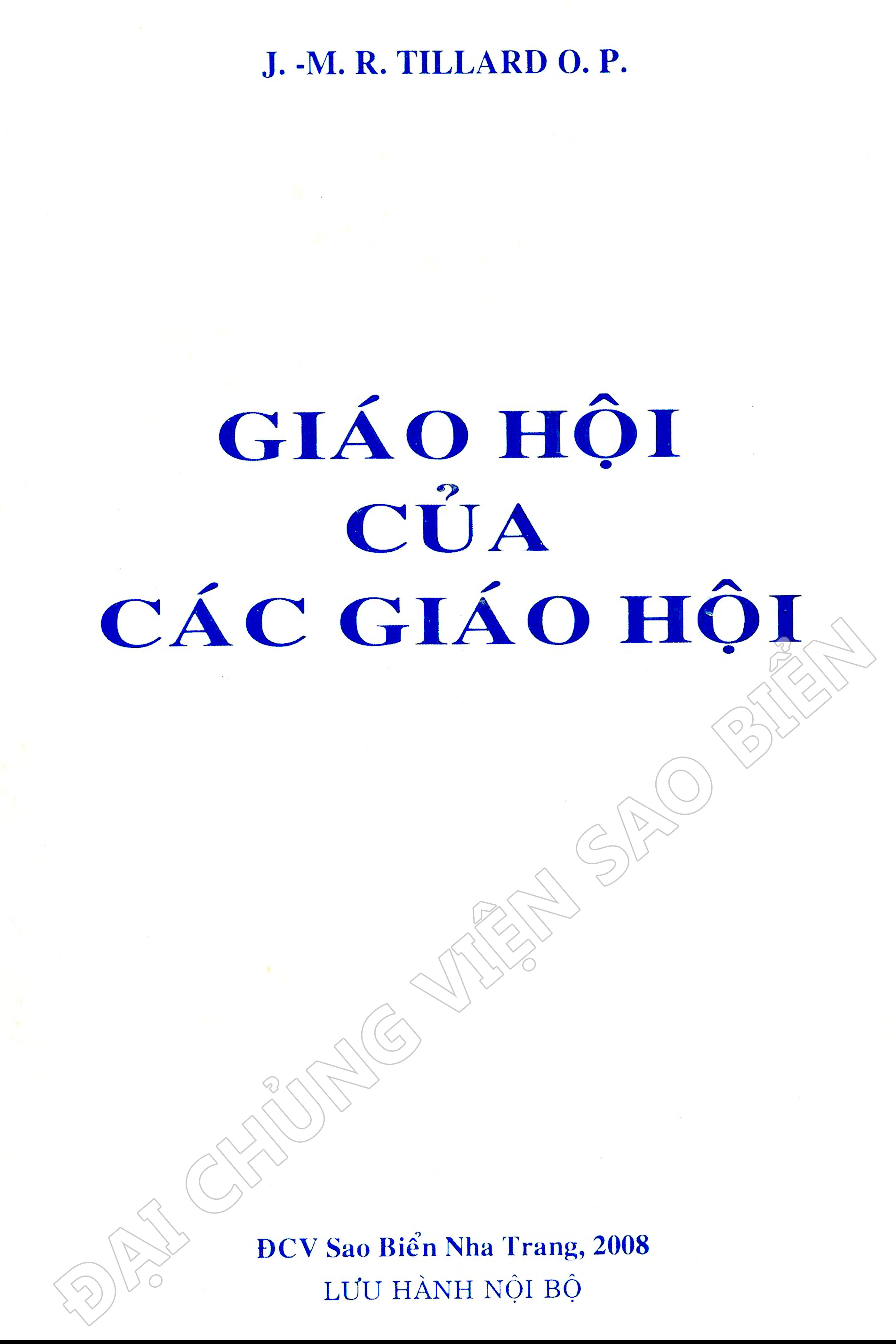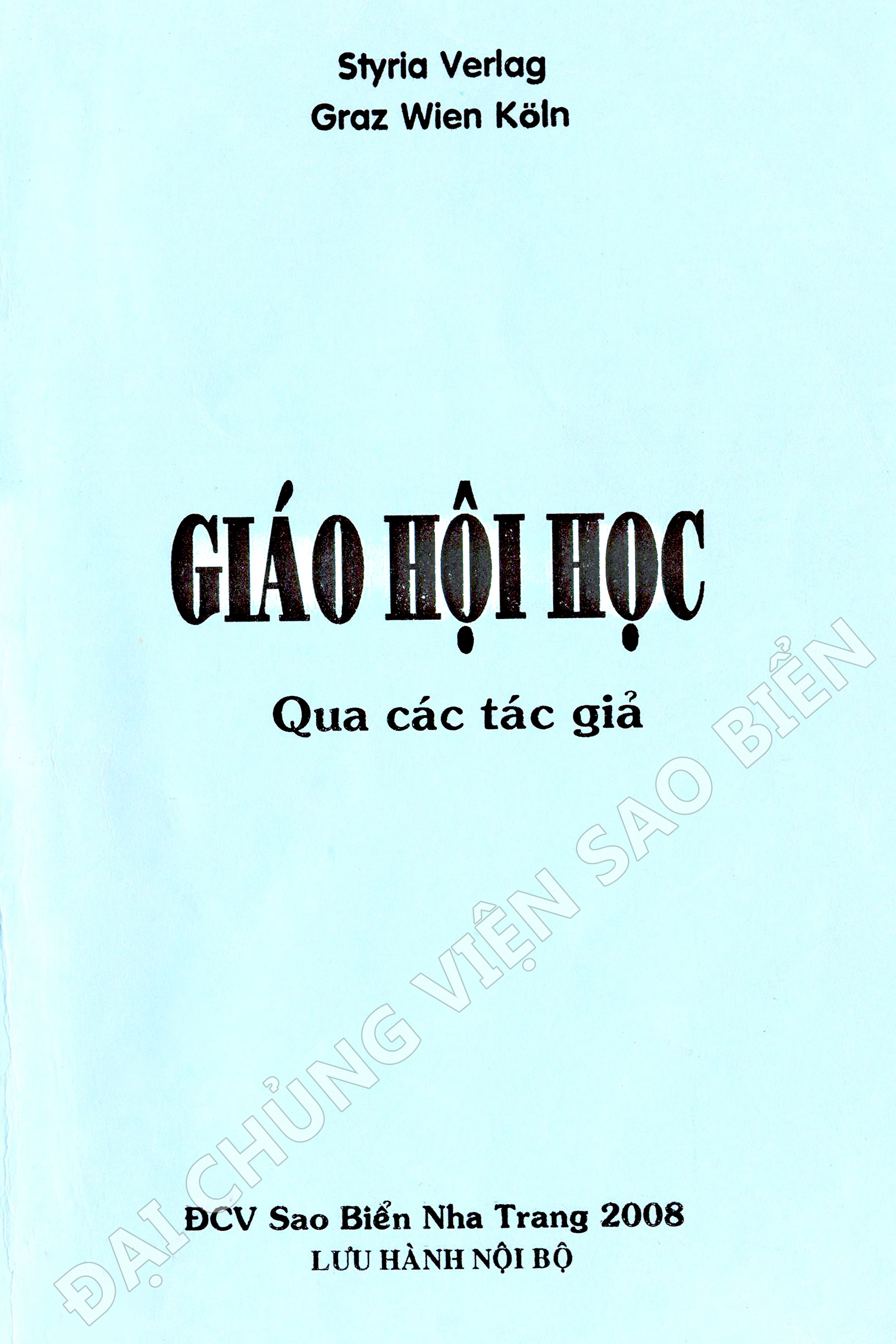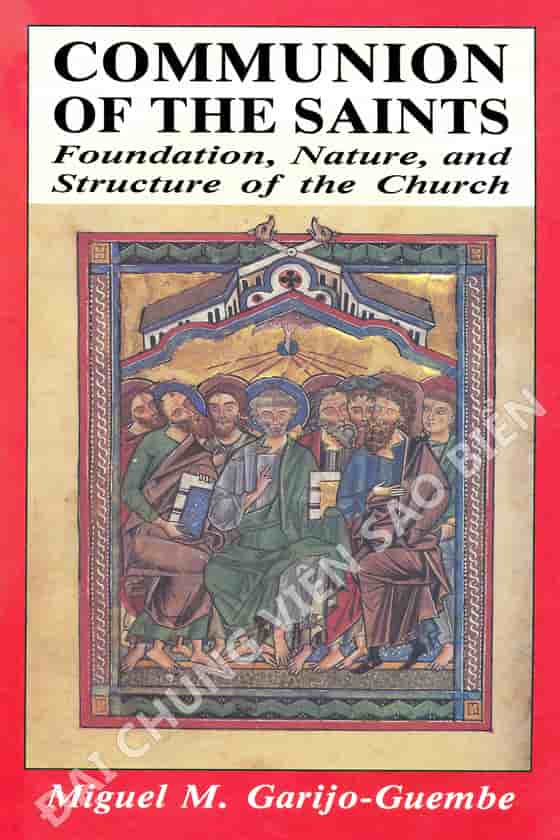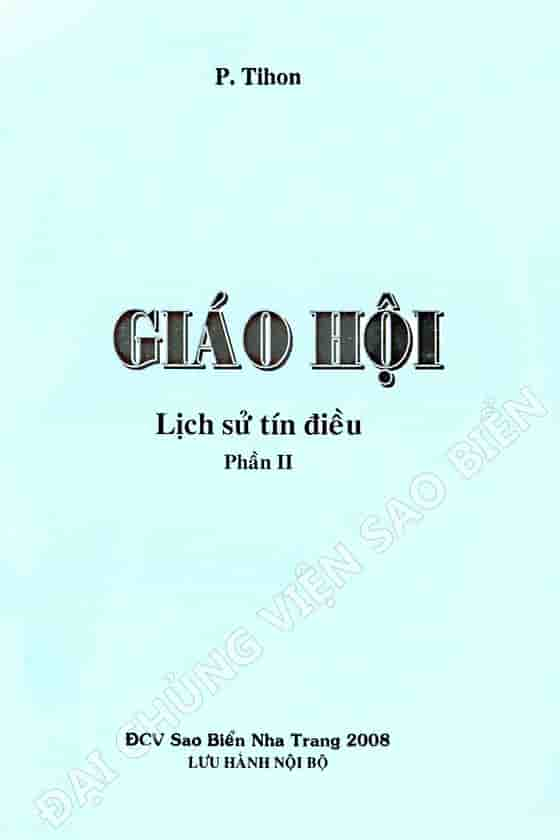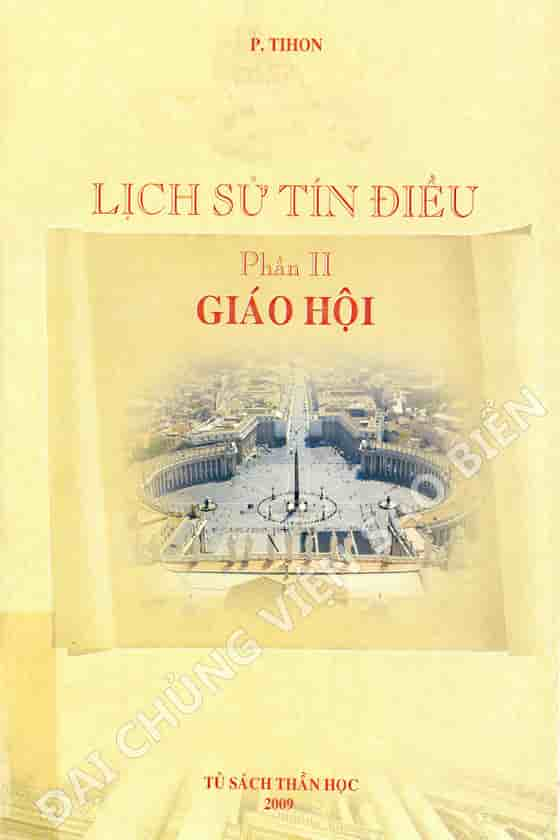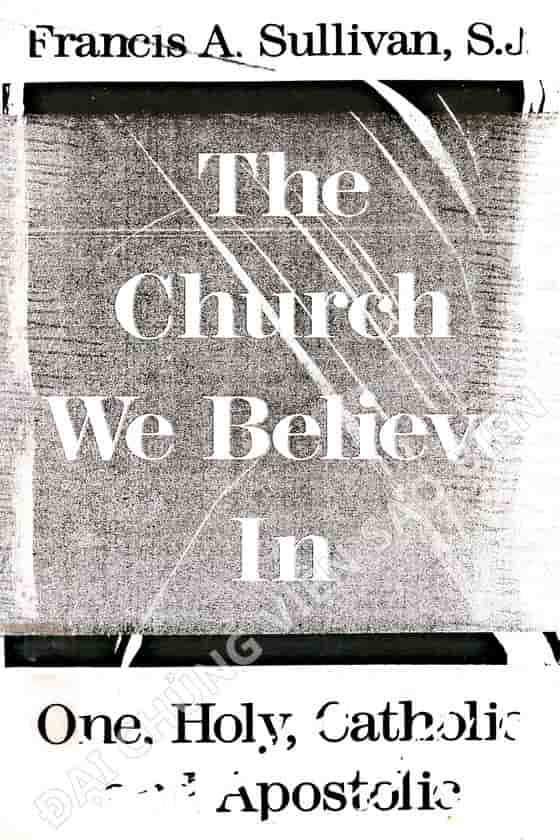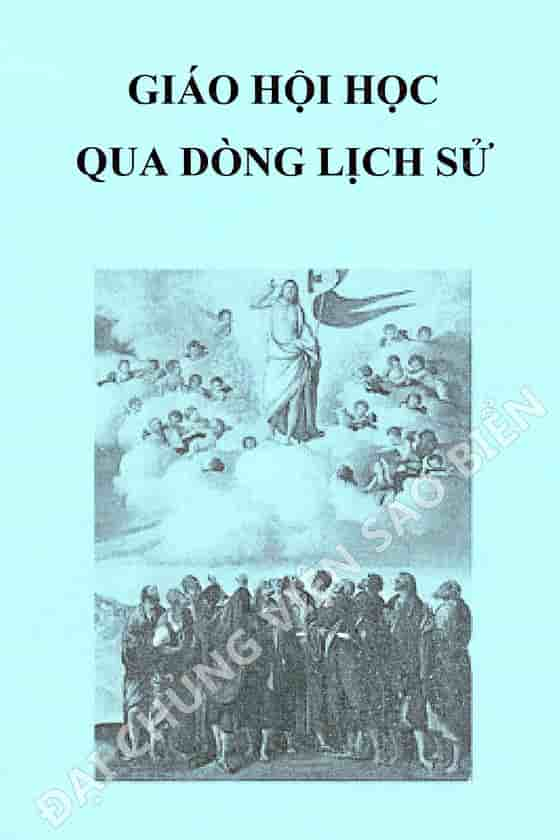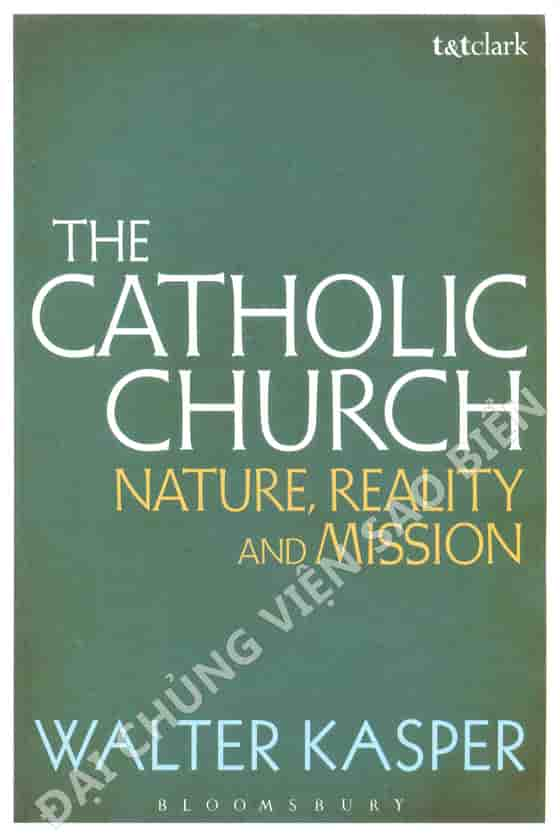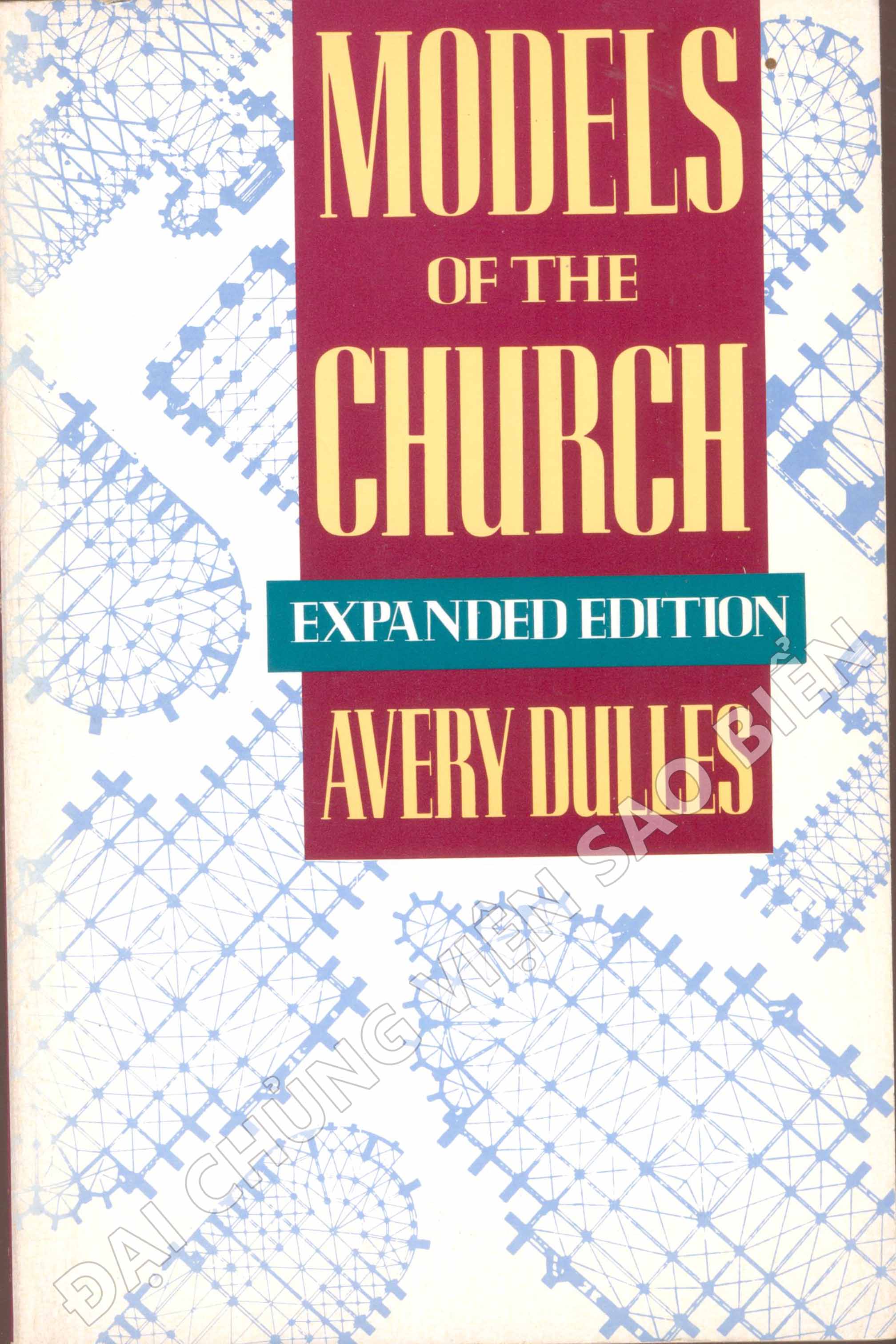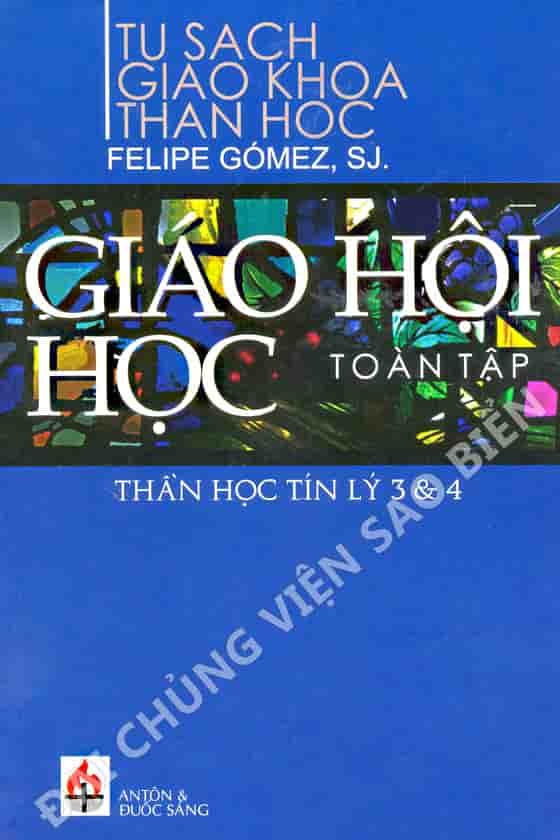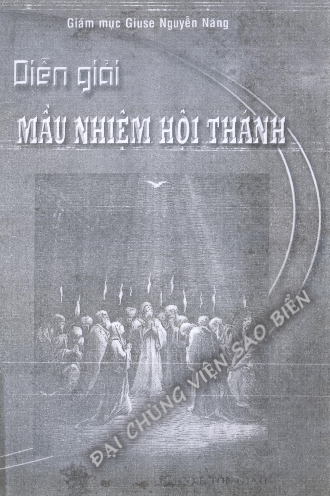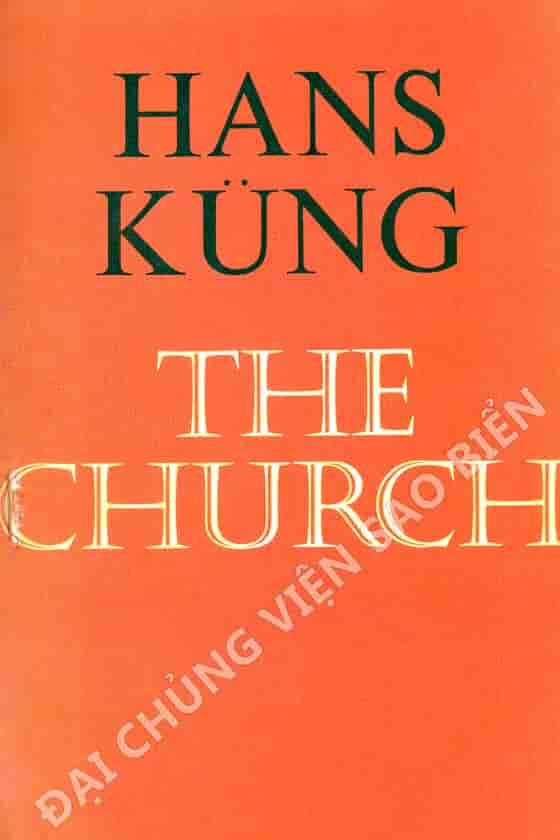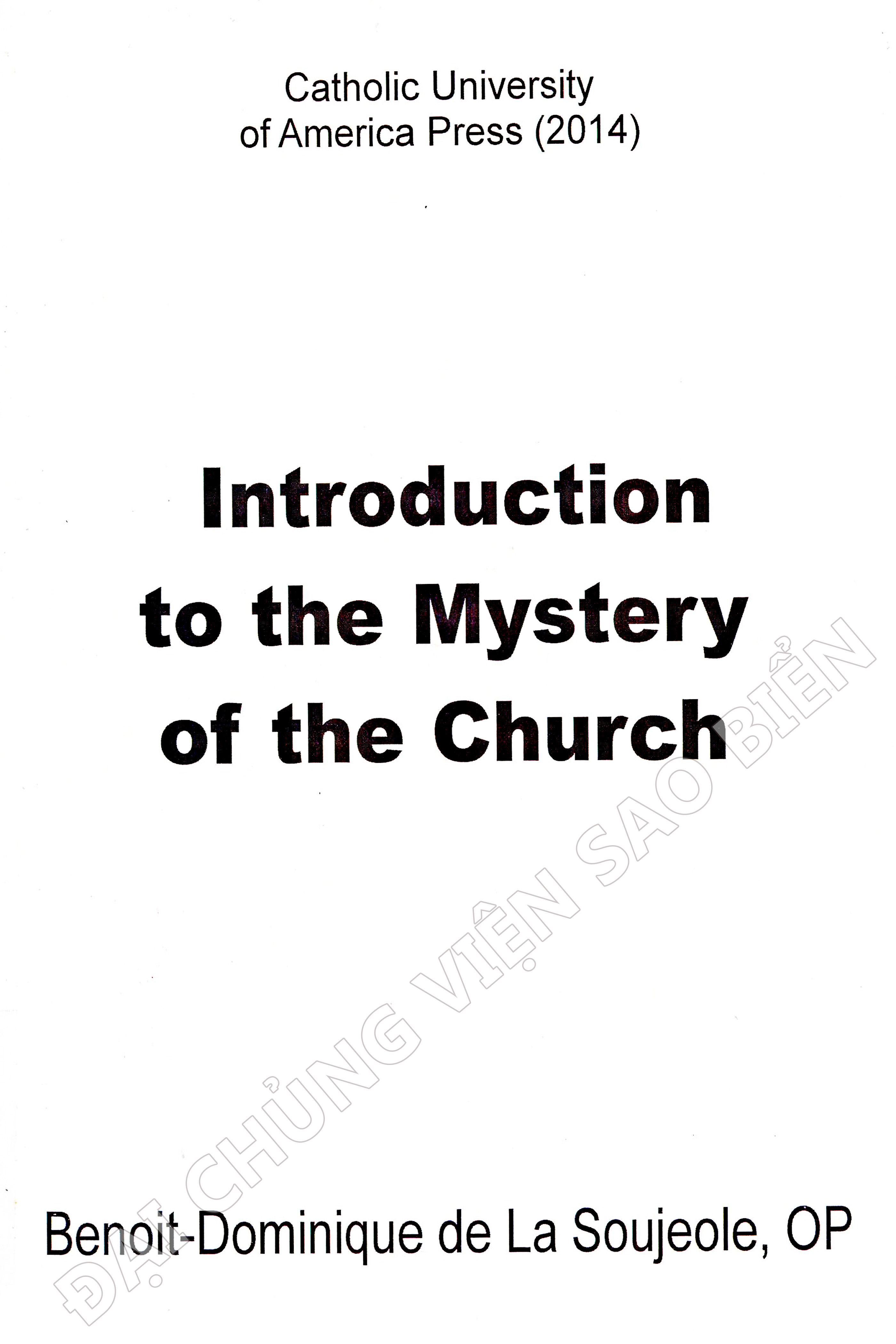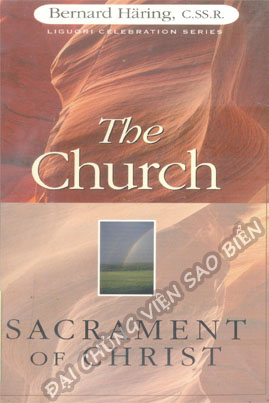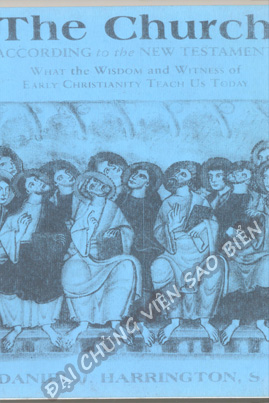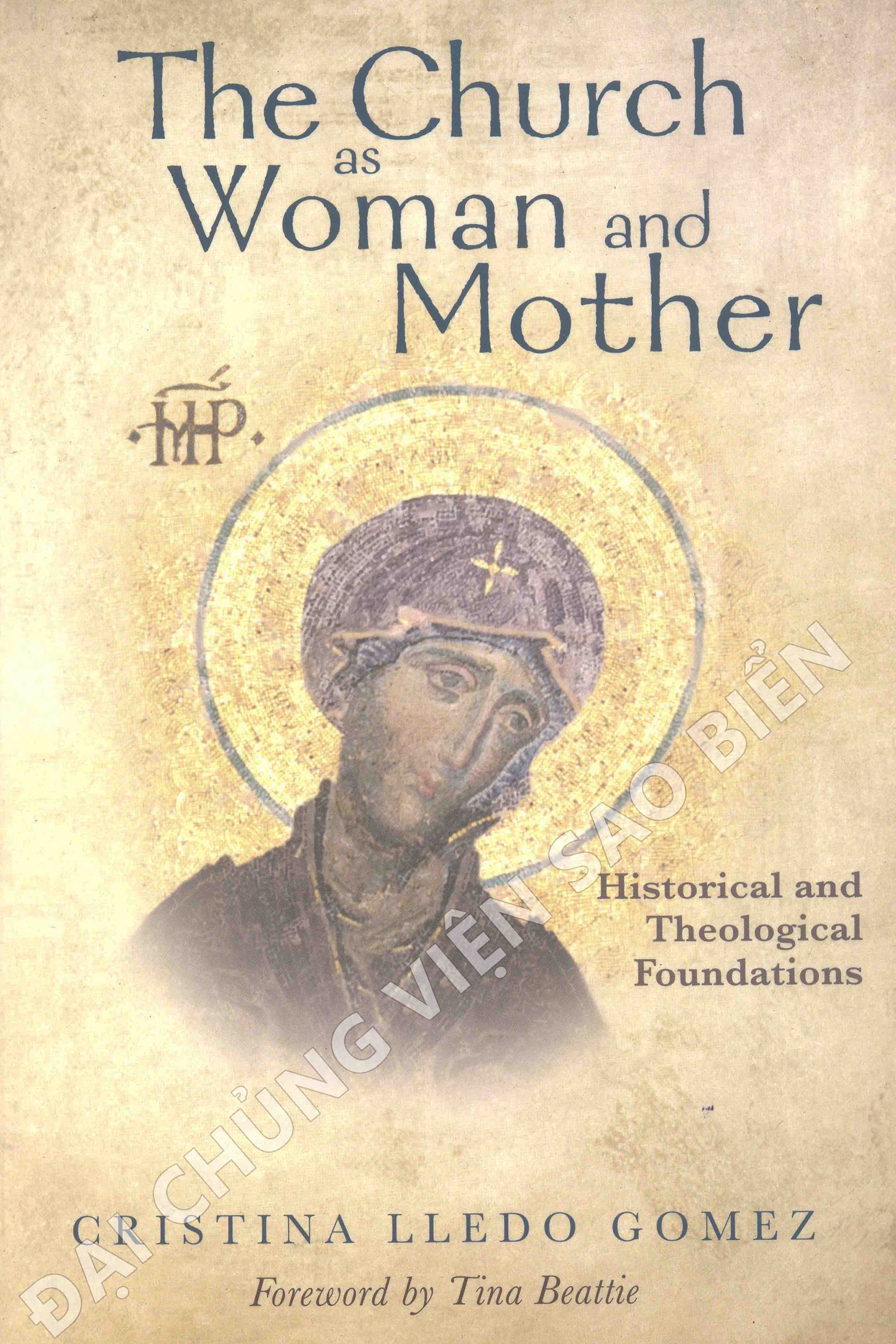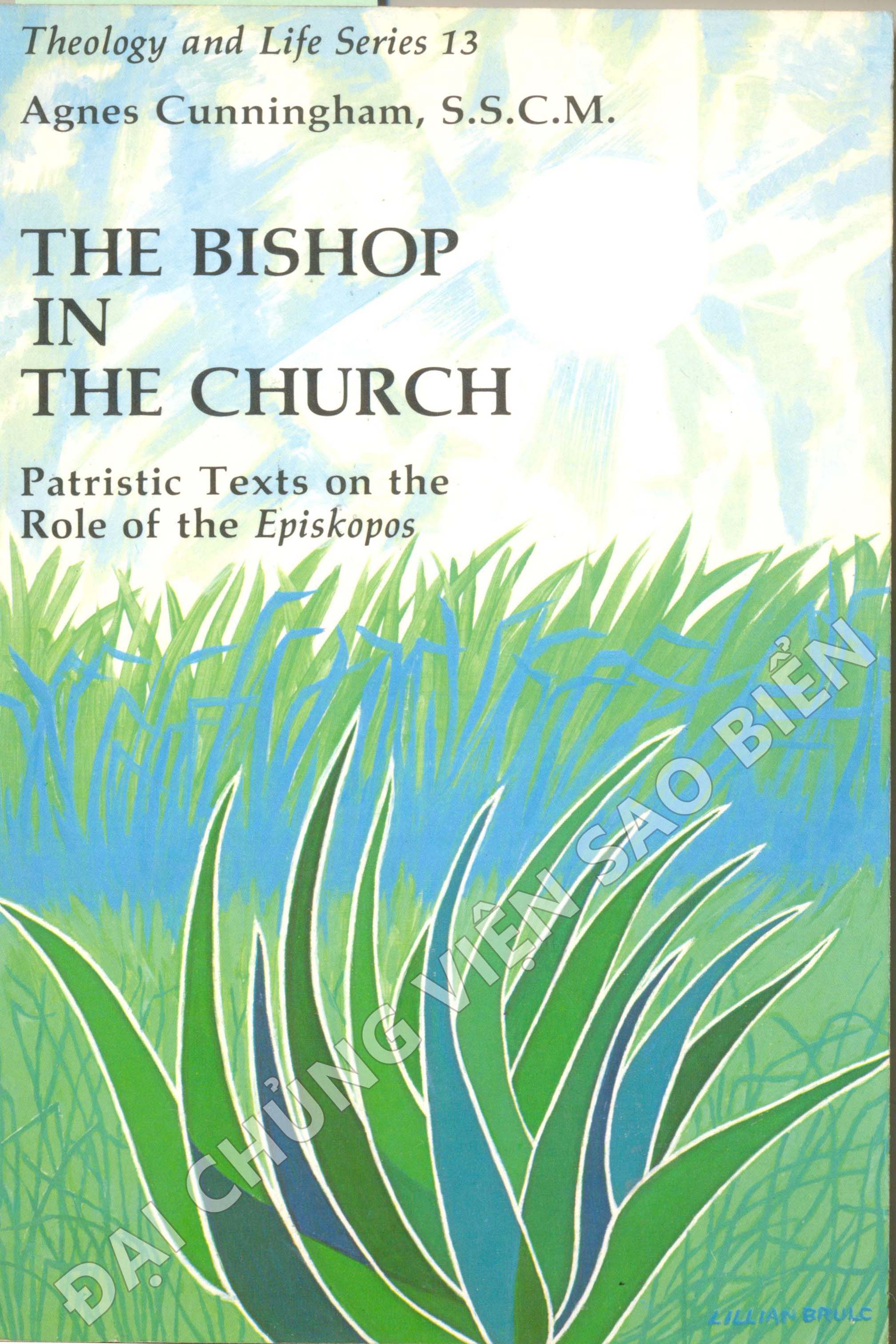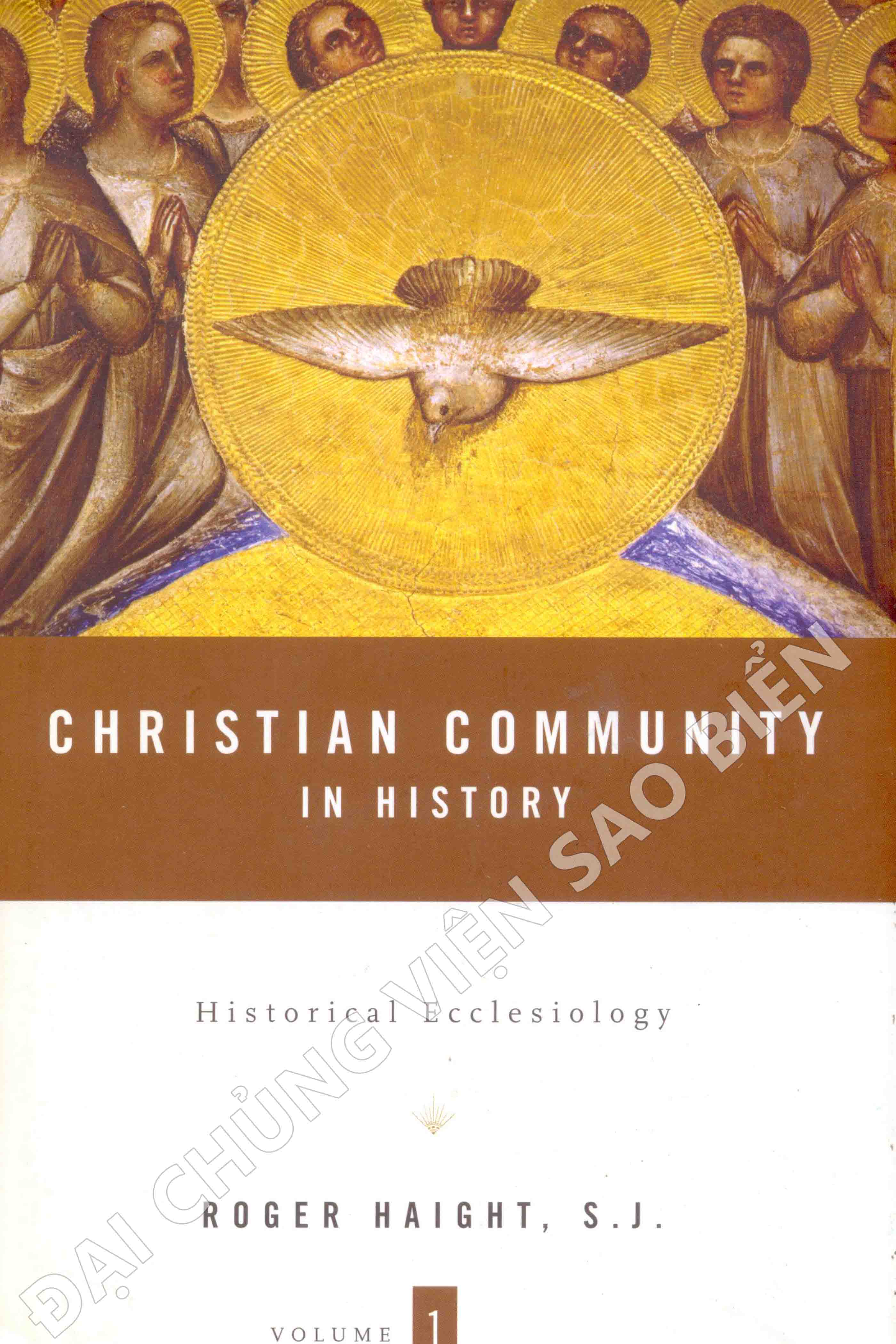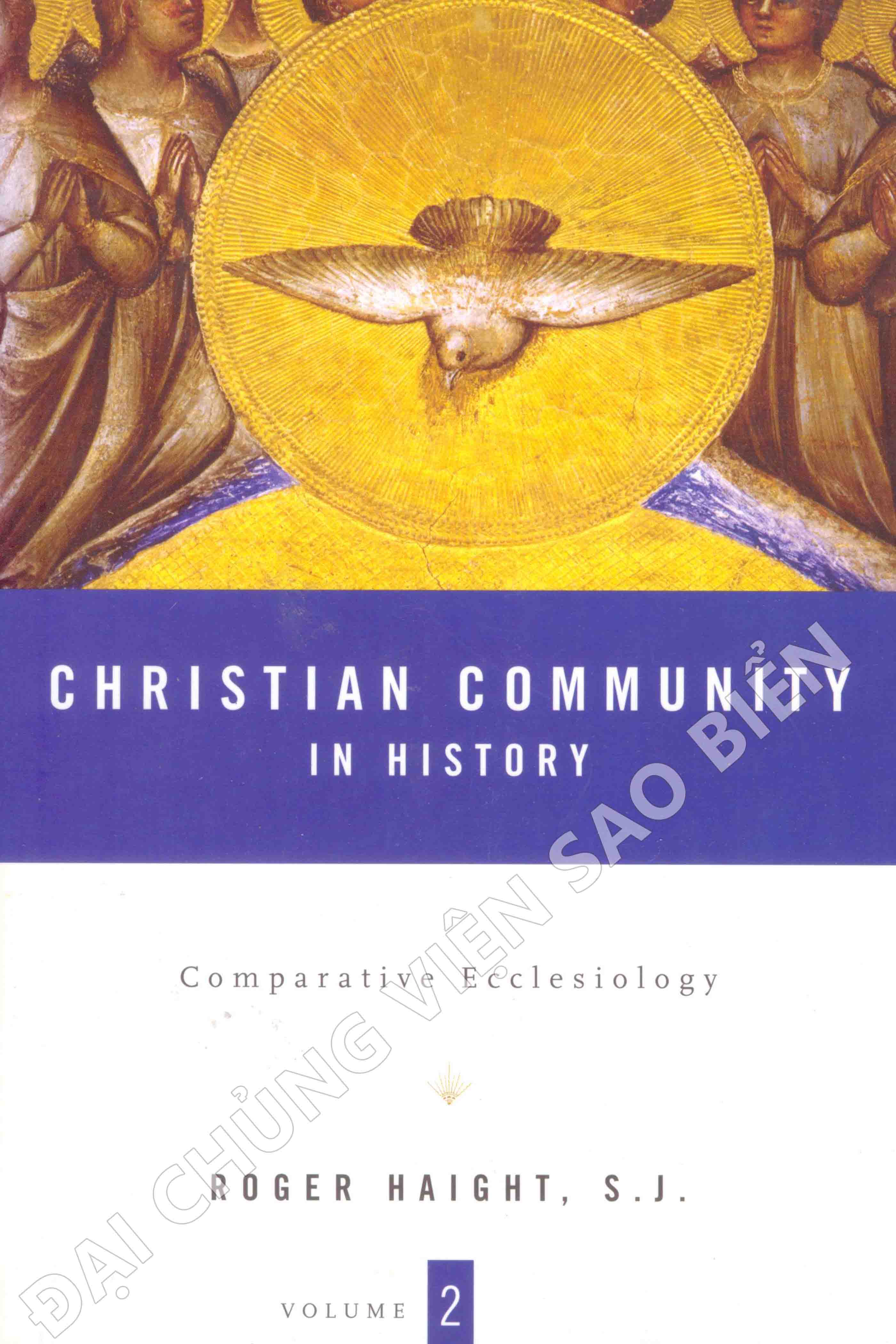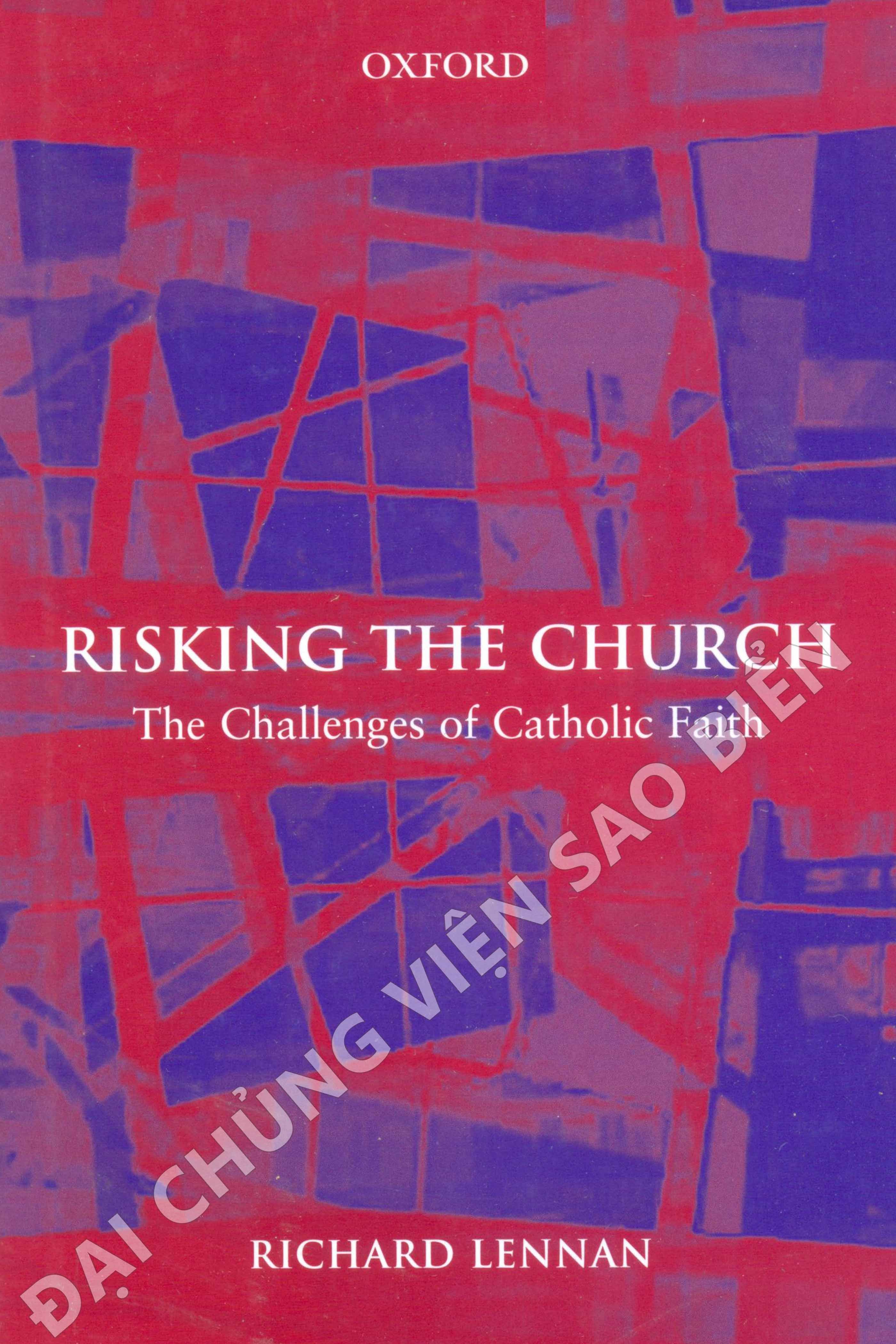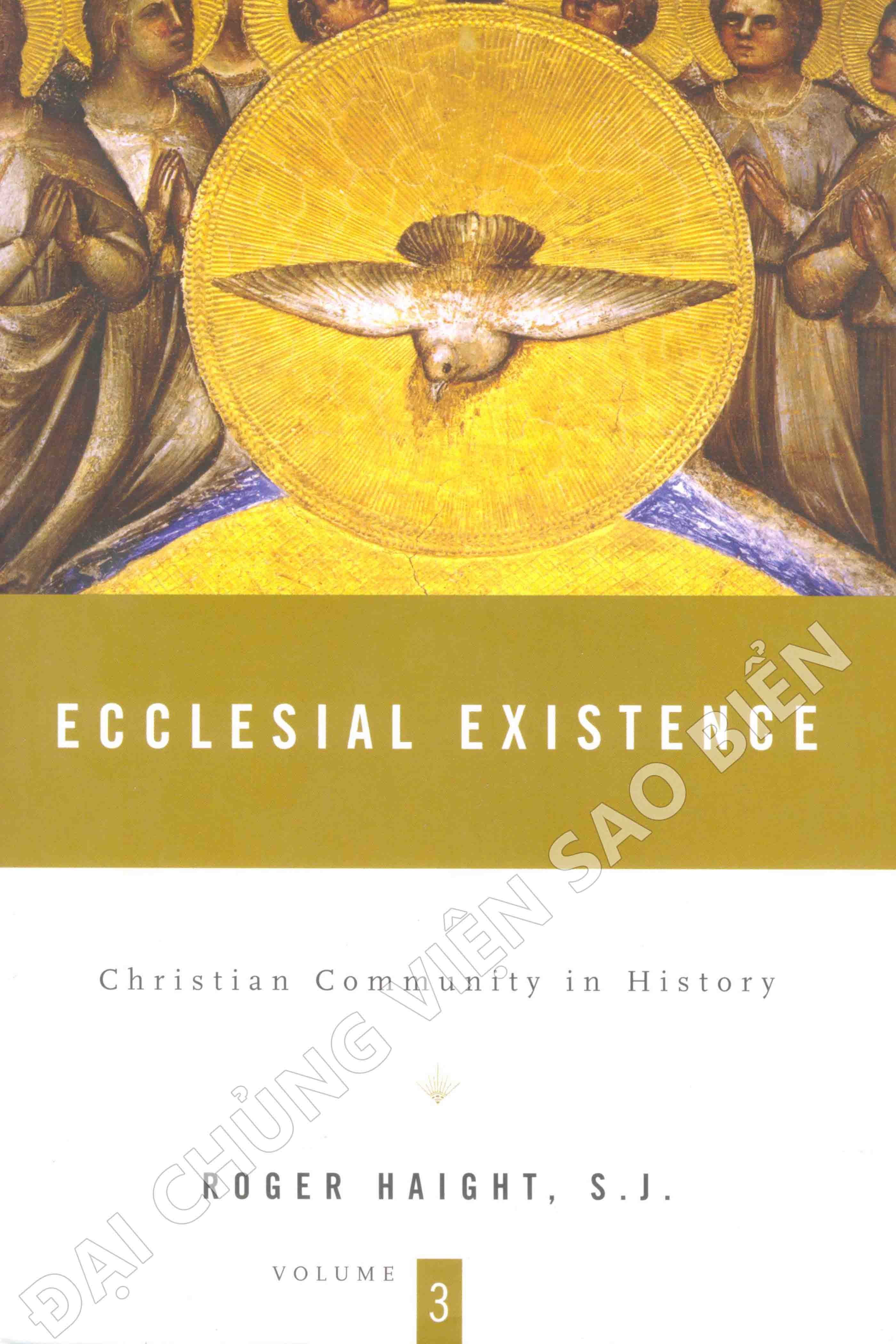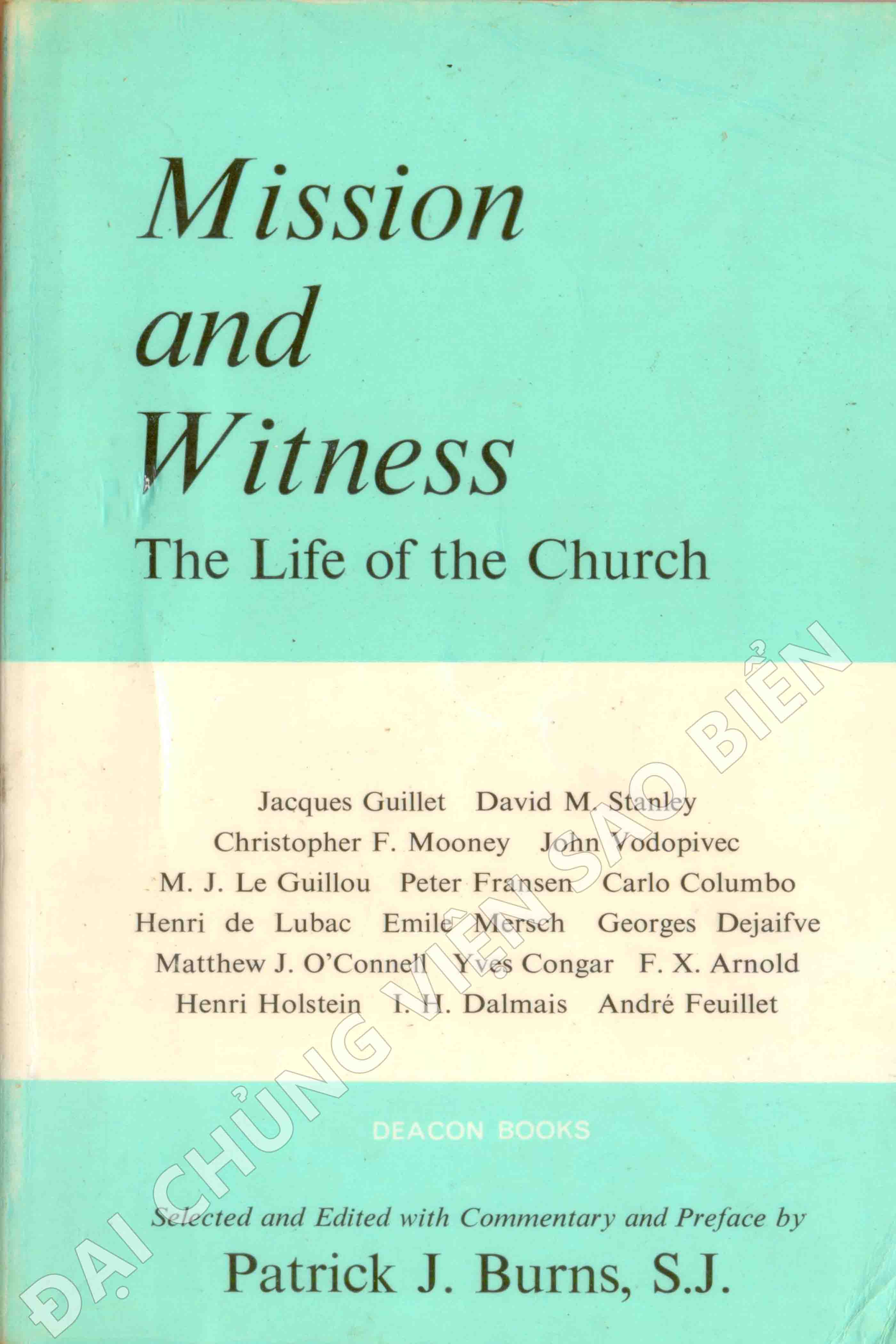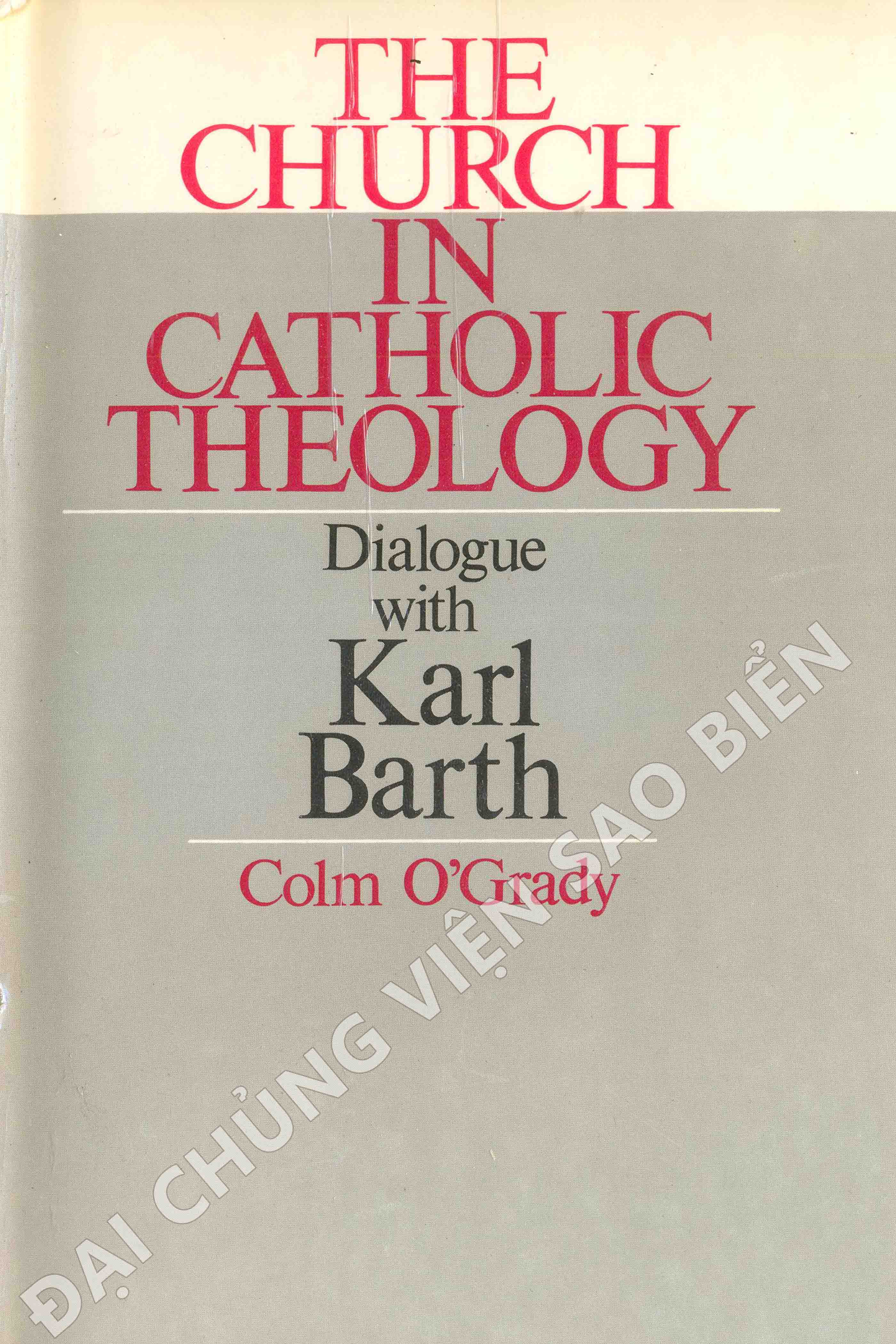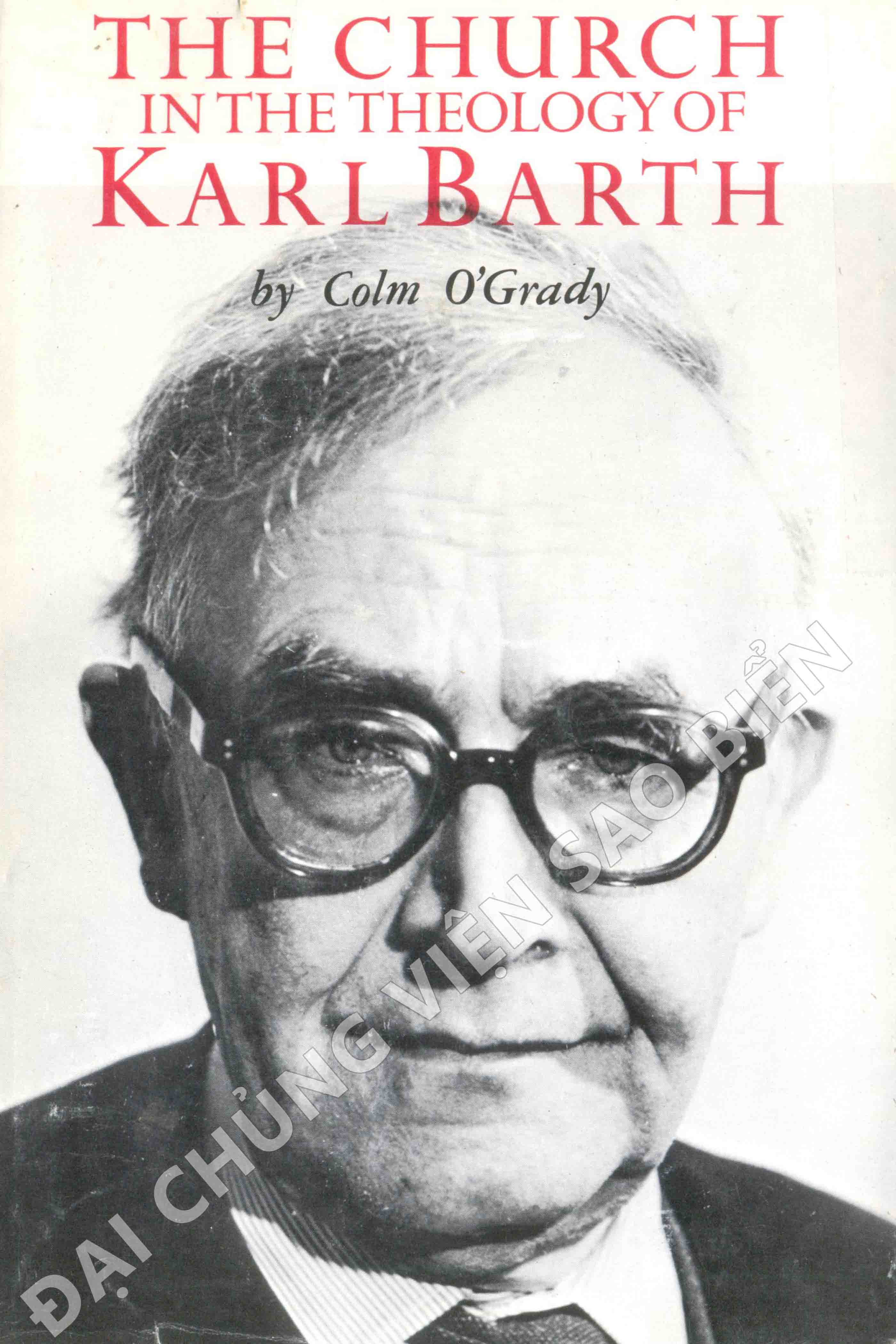| Foreword |
xiii |
| A guide to the Book |
xvii |
| Chapter 1: world history and salvation history, history of revelation and hostory of suffering |
1 |
| 1. introductionL who or what brings human beings salvation and liberation? |
1 |
| 2. "No salvation outside the world" |
5 |
| I. The experience of radical contrast in our human history |
6 |
| II. The process of loberation in human history as the medium and material of divine revelation |
9 |
| III. The difference between the history of salvation and the history of revelation |
13 |
| IV. Religions and churches as the sacrament of salvation in the world |
15 |
| 3. experiences of revelation: in the secular and religious sense |
15 |
| introduction |
15 |
| I. The cognitive structure of human experience |
15 |
| A. Experience and the tradition of esperiences |
15 |
| B. Concealed elements in our experiences experience and idealogy |
16 |
| II. Experiences of revelation in everyday-human, secular language |
22 |
| A. That was - or "you wese" - a revelation to me |
22 |
| B. The changing density of revelation in human experiences |
23 |
| III. Religious exoeriences of revelation |
24 |
| A. Religious use of human categories of experiences |
24 |
| B. Revelation in religious experiences: "divine revelation" |
27 |
| 4. Experiences subjected to the criticism of sories of suffering |
28 |
| I. Resistance: the truth and authority of suffering and oppressed men and women |
28 |
| II. Liberating "autonomous ethics" within a context of faith |
30 |
| 5. Old biblical and present day Christian experiences of faith |
33 |
| I. Tradition and situation: a definition of concepts |
34 |
| II. Encounter between different cultures and traditions of faith |
36 |
| III. Present-day society and culture comes within the understanding of revelation |
40 |
| chapter 2: Men and women in search of God, God in search of men and women |
46 |
| 1. Why God has become a problem for Western men and women |
46 |
| I. External factors |
46 |
| A. No needs for a "dualistic: posong of the problem |
46 |
| B. Difficulties over belief in God in the modern Western world. |
49 |
| C. The present "world context: of belief in God |
53 |
| II. Internal factors |
55 |
| A. "You are a hidden God" (Isaiah 45.15) |
55 |
| B. Belief in God and its institutionalization in the church |
59 |
| C. Belief in God at odds with official church morality |
61 |
| 2. Religious as the concrete context of talk about God |
62 |
| I. Talking about and to God within the context of a tradition of religious experience or a religion |
62 |
| II. Talking ablut God withn philosophical reflection on one's own religious attitude |
63 |
| III. God: as a so-called "extra-religious", autonomous philosophical question |
64 |
| IV. The "theological passive" in talk about God in a secularised world |
65 |
| "Good heavens", "my God", as echoes of a religious society in a secularised world |
65 |
| conclusion |
65 |
| 3. The mystical or theological depth-dimension of human existence |
66 |
| I. Are faith in God, prayer and mysticism one? |
66 |
| II. Mystical silence and mystical talk about God |
72 |
| III. The absolute limit |
77 |
| IV. The rationality of belief in God |
80 |
| A. Christian, Jew, Buddhist, Muslim by birth- or nothing |
80 |
| B. The meta-ethical or religious basic of the human praxis of justice and love |
83 |
| 4. letting God be God |
99 |
| chapter 3: Christians find God above all in Jesus Christ |
102 |
| introduction |
102 |
| 1. Unity and tension between "Jesus of Nazareth" and the "Christ of the church's faith" |
103 |
| 2. the career of Jesus, confessed as the Christ |
111 |
| I. The theocantric focus of Jesus' message and career: the kingdom of God as the real "cause of Jesus" |
111 |
| A. The message of the kingdom of God and renewal of life (metanoia) |
111 |
| B. Parables of the kingdom of God |
114 |
| C. Jesus'praxis of the Kingdom of God |
116 |
| D. The kingdom of God and Jesus' career |
118 |
| E. The career and the death of Jesus |
119 |
| F. Jesus' message and career raise a new question |
121 |
| II. From the theocentric of Jesus to the christocentricity of the New Testament and the Church |
123 |
| A. From Jesus who speaks to us of God to the church which speaks to us of Christ |
123 |
| B. The saving significance of Jesus'life and death |
124 |
| C. Belief in the resurrection of Jesus |
127 |
| III. The kingdom of God: "already and not yet" |
132 |
| A. Present-day experience of the kingdom of God as the foundation of a firm hope in a final consummation planned by God |
132 |
| B. Is there a counterpart to this fourfold "heavenly" vision of the future for "evil people"? |
134 |
| 3. The kingdom of God: universal creation and salvation from God in a particular person, Jesus Christ |
139 |
| I. Men and women as God's story on the model of the Davidic king |
139 |
| II. God's trust in human beings in finally not put to shame in Jesus |
142 |
| 4. The unique and definite character of the mission of Jesus Christ as a historial task and the basis for the church and its mission in the world |
144 |
| introduction |
144 |
| I. the Church: in the power of the Spirit, the witness to the career of Jeses |
146 |
| A. The ekklesia of God: community of God |
146 |
| B. the Jewish roots of the church's Christianity |
147 |
| C. The church: a witness to Jesus'way towards the kingdom of God |
154 |
| D. The past: living recollection of Jesus (the Church tradition), and the present: the Holy Spirit |
157 |
| E. Communion and institution |
158 |
| II. Good and bad questions in connection with the uniquences of the Christian Church |
159 |
| III. The universality and historial contingency of Jesus'career |
164 |
| IV. Specific present-day forms pf Christian universality or catholicity |
168 |
| V. The universality of Jesus in connection with the question of the universal meaning of history |
171 |
| A. Experience of meaning and truth |
161 |
| B. The Christian experiential tradition as a practical anticipation of universal meaning |
175 |
| C. Orthodoxy is at stake in orthopraxis |
177 |
| VI. The God who escapes all our identifications |
179 |
| VII. Consequences for the church's mission |
182 |
| chapter 4: towards democratic rulf of the Church as a community of God |
187 |
| introduction |
187 |
| 1. The specific historical face of the church |
188 |
| I. Abstract and historically coloured ecclesiologies |
188 |
| II. The mystery of the church according to Vatican II |
189 |
| A. The kingdom of God and the Christian churches |
189 |
| B. "Ecclesia sancta" (one, holy, catholic and apostolic), sed semper purificanda. |
195 |
| III. The so-called "classical" face of the church and the other face (with a more biblical profile) |
198 |
| A. The church as a pyramidal hierarchy |
198 |
| B. The intensification of the hierarchical character of the church: its anti-democratic face between the French Revolution and the period before Vatican II |
199 |
| C. New post-Vatican perspectives inspired by the "liberal" second Vatican Council |
207 |
| D. Stemming the tide of the brealthrough at Vatican II, subsequently legitimated by an idealogical appeal to the term "church as mystery" |
210 |
| 2. Democratic government of the church through its ministers |
214 |
| introduction |
214 |
| I. Speaking with authority and letting oneself be told: the subjection of the whole church to the Word of God |
214 |
| II. The Holy Spirit, foundation of all authority, including official authority, in the church, and the variety of instruments through which it works |
216 |
| A. The Holy Spirit, source of all authority in the church |
216 |
| B. Intrinsic theological reasons for the democratic exercising of authority in the church |
220 |
| Chapter 5: By way of an epilogue |
229 |
| 1. Has the church still a future? |
229 |
| 2. The worldly or cosmic aspect of the kingdom og God |
234 |
| Notes and Bibliography |
247 |
| index of authors |
265 |
